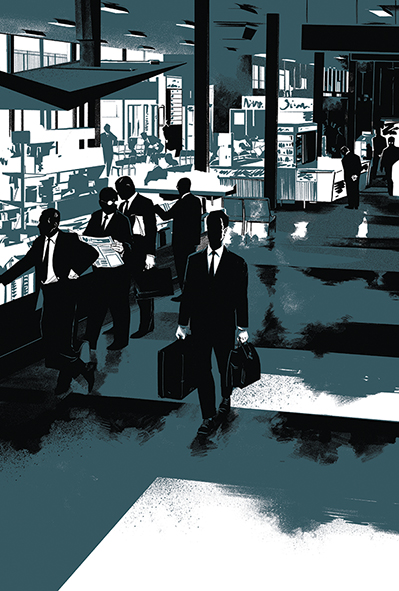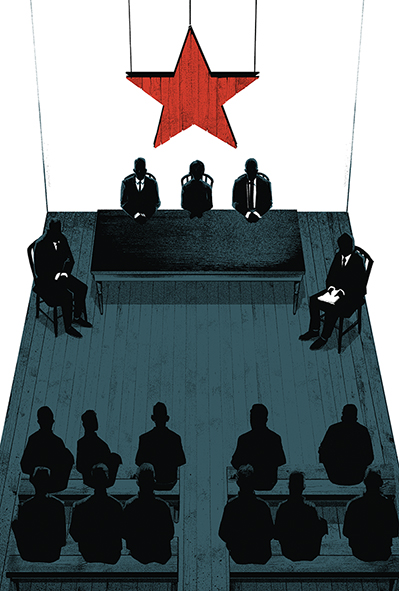When The Spy Who Came in from the Cold was first published in September 1963, David John Moore Cornwell, better known to the world by his pen name, John le Carré was still serving as a political consul in Hamburg, Germany. His real job was as officer of MI6, Britain’s foreign intelligence service, though that would not be the case for much longer, as Kim Philby’s recent defection to Moscow had finally, and notoriously, been confirmed, and the young spy / novelist’s cover blown at the same time that his literary fame began its dramatic rise, thanks to the success of his breakthrough novel.
Le Carre’s handlers allowed the book’s publication to go ahead, confident that the novel’s spycraft wasn’t realistic enough to hurt the image of the secret service, but they underestimated how the novel’s bleak emotional landscape would color the public’s perceptions of what was really going on in clandestine circles. It’s difficult, in fact, to overstate the significance of The Spy Who Came in from the Cold, not just on le Carré’s career but on the literary tradition at large. Here, finally, was a world of espionage and international crime that was not about right or wrong, success or failure, or even life or death. Le Carré’s characters were fully realized humans living in a moral abyss, compromised in every aspect of the word and thrown into a cruel and endless game against an unknowable enemy. This was the Cold War laid bare, and the international thriller at once perfected and indicted.
The Spy Who Came in from the Cold—the story of Alec Leamas’s final job posing as a would-be defector, a part of George Smiley’s campaign against his East German foil, Hans Dieter-Mundt—won every major prize the crime community awards and would go on to be recognized as one of the great achievements of 20th century literature. The film, directed by Martin Ritt with Richard Burton as Leamas and Oskar Werner as Mundt, memorialized the aesthetics of le Carre’s world for many, but the power of The Spy Who Came in from the Cold is its ability to endlessly fascinate and inspire new generations of readers and spy fiction connoisseurs.
This year, The Folio Society has released a new edition of le Carré’s classic, introduced by the author and illustrated by the artist Matt Taylor. The artwork in this new volume evokes a noir world slowly spilt over with grayish blues and flashes of startling color. Espionage-crazed readers that we are, we wanted to share some of these illustrations with you. Here, then, is an artist’s vision of le Carré’s bleak midcentury world, a new rendering of a classic story.

“Standing at the newspaper kiosk, deep in a copy of the Continental Daily Mail, stood a small, frog-like figure in glasses.”

“Mundt sat at the desk and Leamas in an armchair, his eyes half closed.”

“Alamos had not long been in his place when the President of the Tribunal, sitting at the centre of the table, rang the bell.”

“Now he could discern the Wall and, looking upwards, the triple strand of wire and the cruel hooks which held it.”
__________________________________
Excerpted from John le Carré’s The Spy Who Came in from the Cold, illustrated by Matt Taylor. All rights reserved. Reprinted with permission of The Folio Society.


















